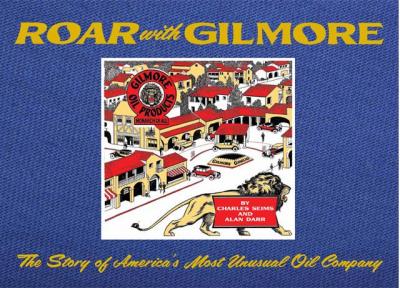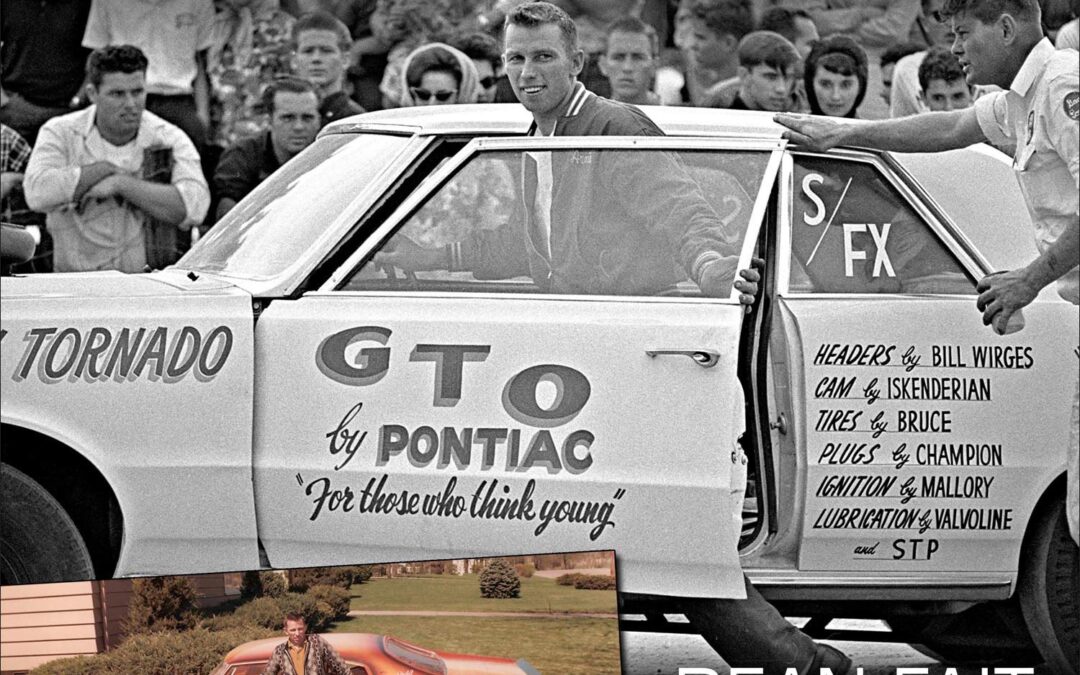
Arnie “the Farmer” Beswick was called “the consummate underdog” by Hot Rod magazine. While there was good reason, there is much more to his unbelievable career.
Born a third-generation farmer in the small town of Morrison, Illinois, Arnie Beswick’s driving career began not behind the wheel of a straight-line terror but that of a tractor. On local dusty roads, Arnie’s budding reputation grew with street cars, as the “flying farmer” was coined to describe his driving style. When drag racing began in the Midwest in the early 1950s, Arnie was one of the pioneers who campaigned Dodges and Oldsmobiles. In 1960, he purchased his first Pontiac and never looked back.
At the beginning, he didn’t like the “farmer” nickname, but he quickly learned to utilize the name to lull his competition into complacency. After all, what could a simple farmer know of the world of high-performance drag racing? Throughout the 1960s, Arnie’s Mr. B’s Passionate Poncho, Mystery Tornado, Star of the Circuit I and II, Tameless Tiger, and Super Judge all contributed to dispel the myth that a simple farmer couldn’t dominate straight-line racing.
Arnie was an innovator, fierce competitor, entertainer and showman who always gave fans their money’s worth at the track. He is still brand loyal–sticking with Pontiac long after production models ceased. Arnie has always been a fan favorite for this reason, and he continues to exhilarate fans at the track with his cast of potent Pontiacs.
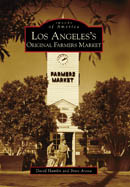
The original Farmers Market at Third Street and Fairfax Avenue in Los Angeles has been at the center of its city’s history for 75 years. Farmers Market led Los Angeles out of the Great Depression, drew tourists from around the world, and became the most popular attraction in Southern California. It is Los Angeles’s beloved grocery store, its town square, its favorite dining room and den, Hollywood’s best friend, and one of the city’s most delightfully eccentric citizens. From its uniquely quirky beginnings to its contemporary stature as the coolest place in town, Farmers Market has a history rich in stories and is alive with character, integrity, and tradition.
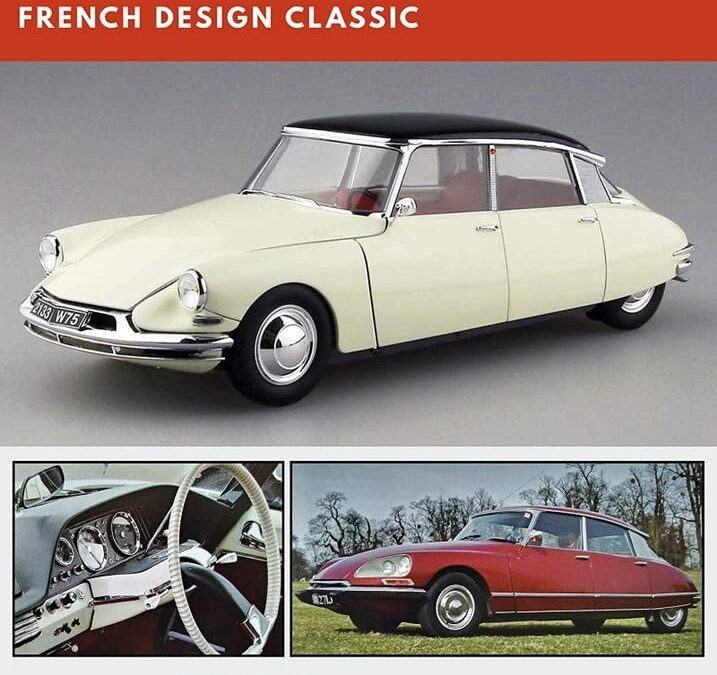
Launched in 1955 yet looking like a sci-fi design proposal for a future then undreamed of, Flaminio Bertoni’s ellipsoid sculpture with wheels that was the Citroën DS stunned the world.
There was a near riot at the 1955 Paris Motor Show launch of the car, orders flooded in for this, the new ‘big Citroën’ (a Voiture a Grande Diffusion or VGD) as the car that replaced the legendary Traction Avant range.
The term ‘DS’ stems from two Citroën parts of nomenclature – the type of engine used as the 11D, (D) and the special hemispherical design of the cylinder head as ‘Culasse Special’ (S): DS out of ‘Deesse’ or Goddess, was a more popular myth of ‘ DS’ origination, but an erroneous one.
But it was not just the car’s aerodynamically advanced body shape (Cd. 0.37) that framed the genius of the DS: hydro pneumatic self-levelling suspension, advanced plastics and synthetics for the construction of the roof and dashboard/fascia, and amazing road holding and cabin comfort were some of this car’s highlights.
Only the lack of an advanced new engine was deemed a missed opportunity. In fact Citroën had created a new engine for the car but lacked the resources to produce it in time for 1955.
DS was a major moment in the history of car design, one so advanced that it would take other auto manufacturers years to embrace. Yet DS in its ‘aero’ design was the precursor to today’s low drag cars of curved form.
Manufactured worldwide, used by presidents, leaders, diplomats, farmers and many types of people, the DS redefined Citroën, its engineering and design language, and its brand, for decades to come.
Prone to rust, not the safest car in the world, and always lacking a smoother powerplant, the DS still became an icon of car design.
Reshaped with a new nose and faired-in headlamps in 1967, DS remained in production until 1975.
Across its life DS spawned an estate car variant as the ‘Safari’, a range of limousines, two-door convertibles, and even coach-built coupes and rally specials.
This car was a product design that became an article of social science – it was that famous and it defined a European design movement upon a global stage then packed with ‘me too’ copyist designs.
The DS or ‘Goddess’ as it was tagged, was a tear-drop shaped act of French confidence in a world of the regurgitation of the known. Some argue that DS and its effect has never been surpassed.
This new value-for-money book provides innovative access to the design, history, and modeling of the revolutionary DS – one of the true ‘greats’ of motoring history and, a contemporary classic car of huge popularity.
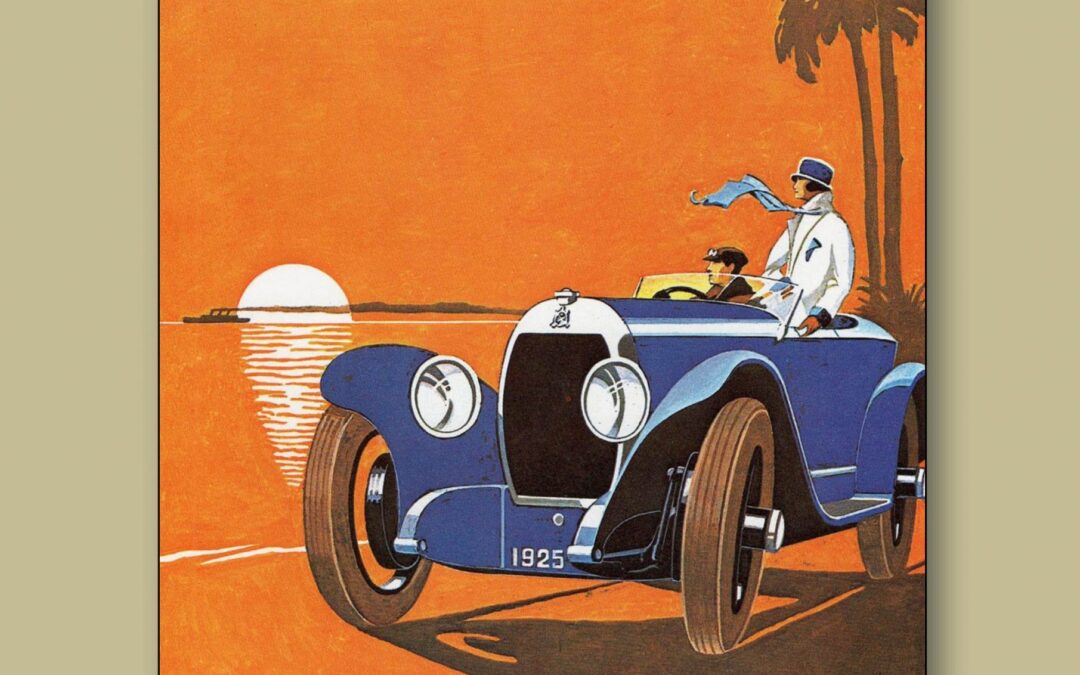
This book was inspired by an artist, Alex Kow, who worked for the Panhard & Levassor company from 1922 until the early 1960s, creating publicity posters, sales brochures and a whole range of artwork advertising the company’s cars.
Alex Kow also worked for another French car manufacturer: Hotchkiss. His art-déco style perfectly encapsulated the aspirations of a solidly middle-class car-maker whose origins stretched back to 1867, when the Hotchkiss company in France was founded as an arms manufacturer by an American, Benjamin Hotchkiss, requested to do so by Emperor Napoleon III. How Hotchkiss came to establish a French industrial empire is the story told in this book.
The Hotchkiss car-manufacturing business started in 1903, when orders for arms were in decline and other French car manufacturers were aware of Hotchkiss’s skills at fine-tolerance machining, sub-contracting machining crankshafts and honing cylinders to Hotchkiss. Hotchkiss soon realised it could make an entire car itself and did so.
The final vehicle built as a Hotchkiss was made in 1954, when a merger between Hotchkiss and Delahaye – both ailing car-makers – was agreed. Truck production at Hotchkiss continued until 1971, while making Jeeps under a Willys license for the French army and Ferguson tractors for farmers proved to be far more profitable than making cars.
Hotchkiss continued to make arms and military vehicles until 1971, whan a takeover by Thomson-Houston and subsequent nationalisation brought about the final disappearance of the renowned Hothkiss name.
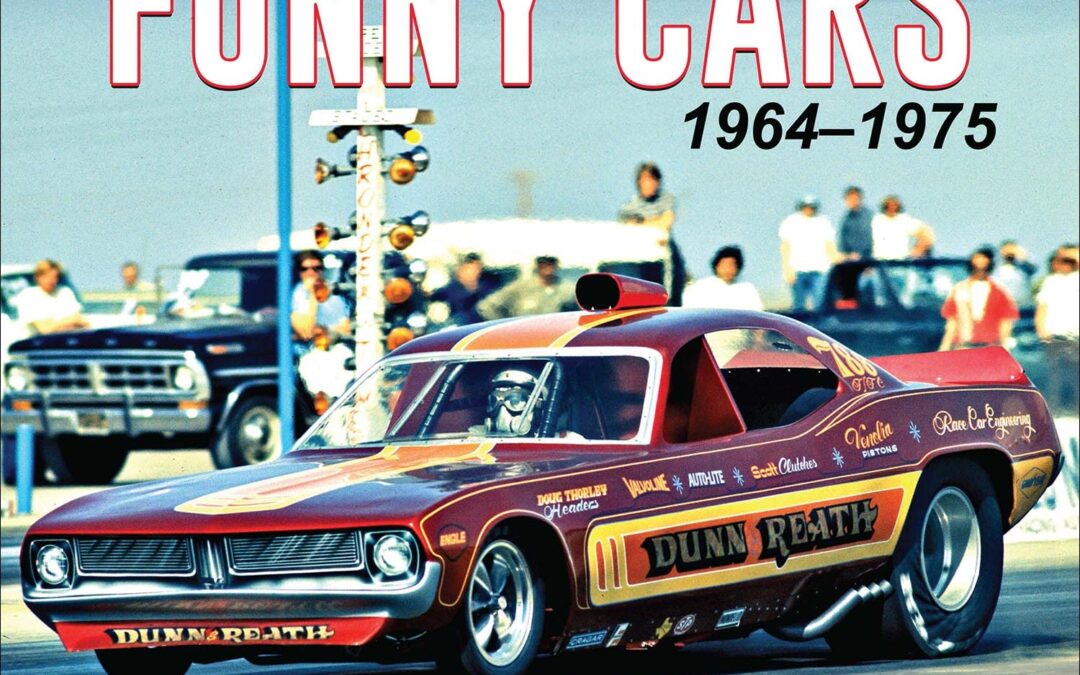
Blast through the evolving early years of Funny Car drag racing when doorslammers morphed into flip-top rail monsters. The era features historic mounts from Arnie “the Farmer” Beswick, Al “the Flying Dutchman” Vanderwoude, “Jungle” Jim Liberman, Don “the Snake” Prudhomme, and many more!
The metamorphosis from doorslammers to fiberglass flip-top dragsters wasn’t ever a cut and dry plan. As drag racers pushed the envelope for more speed, a series of innovations quickly evolved and refined the genre.
Funny Cars cut their teeth in the A/Factory Experimental (A/FX) and Experimental Stock (X/S) classes in 1964 with the 2-percent Mopars that looked funny with their axles moved forward. However, it was Jack Chrisman’s supercharged, nitro-fueled 427 Supercharged Factory Experimental (S/FX) Comet Caliente that trailblazed the class on which the NHRA turned its back and the AHRA fully accepted. Showmanship became the draw in the dawn of Funny Car with half-track burnouts and flame-throwing headers that packed fans five deep at the fence.
By 1969, the NHRA had no choice but to create a class for these nitro-breathing, flip-top-sporting rail bruisers, indoctrinating the Funny Car (F/C) class at the Winternationals with 40 cars vying for 16 places in the field. The rest, as they say, is history!
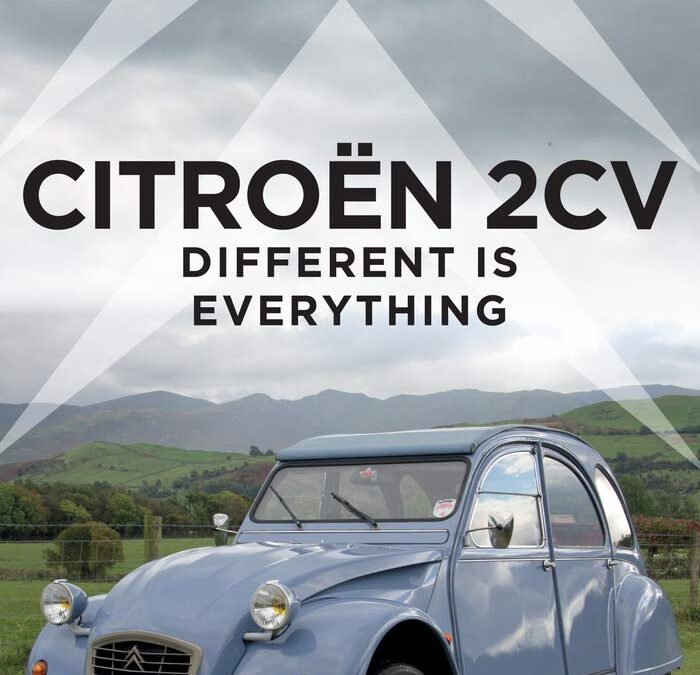
In this readable and informative book, motoring expert Malcolm Bobbit tells the story of one of the most iconic cars in motoring history. Designed as affordable and practical transport for French farmers traveling on either bad roads or plowed fields, it also found its way into the fashionable quarters of Paris. The book shows how designers successfully achieved the specification for rugged and utilitarian design suitable for times of austerity while at the same time producing a truly classless car. The author explains the history of the car, conceived when Citroen was owned by the Michelin tire company, and how the idea evolved. He covers the ingenious design aspects of the car, including the corrugated metal bonnet, hammock seats, push-pull gear lever, and twin-cylinder air-cooled engine. Such was the success of the 2CV that it spawned variants such as the Dyane, Ami 6 and Ami 8, and the British-built Bijou, all of which are covered in the book. Illustrated with a unique collection of high-quality photographs and written by an authority on Citroen cars, this concise book tells you all you need to know about the famous 2CV.
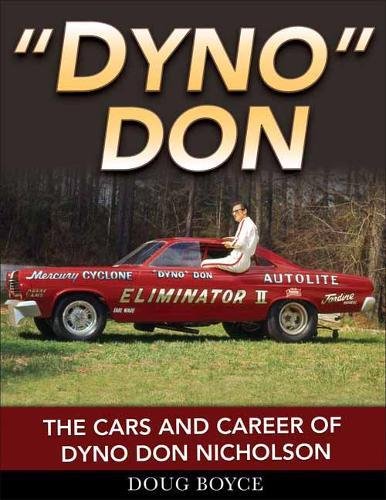
Many fans of drag racing consider the most interesting era to be from the 1950s through the 1970s, the years when the sport really took off. During that period, so much changed from a speed and technology standpoint that people often refer to this time as the golden age of drag racing.
Drivers often became associated with a particular manufacturer, such as Chevy, Ford, or Chrysler through sponsorship, factory team rides, or sometimes simply their own preference. The more successful drivers became household names in the drag racing community. Chevy had Grumpy Jenkins, Pontiac had Arnie “the Farmer” Beswick, Mopar had Sox & Martin and Dandy Dick Landy, and Ford’s most successful driver of the era was the legendary “Dyno Don” Nicholson.
Nicholson’s first wins on a national level were actually in the early 1960s in Chevrolet products. He became extremely successful on the match-race circuit. Then, in 1964, he switched over to Mercury with the new Comet after General Motors enacted a factory ban on racing activities. He won 90 percent of his match races that year. He stuck with Ford and Mercury products and won throughout the 1960s and 1970s, even after Ford also pulled the plug on factory team sponsorship. He made it to the final rounds in nearly 50 national events during that period, in addition to winning championships, awards, and match races along the way. If you are a fan of a certain era of racing, a Ford fan, or certainly a “Dyno Don” fan, this book will be a welcome addition to your library.
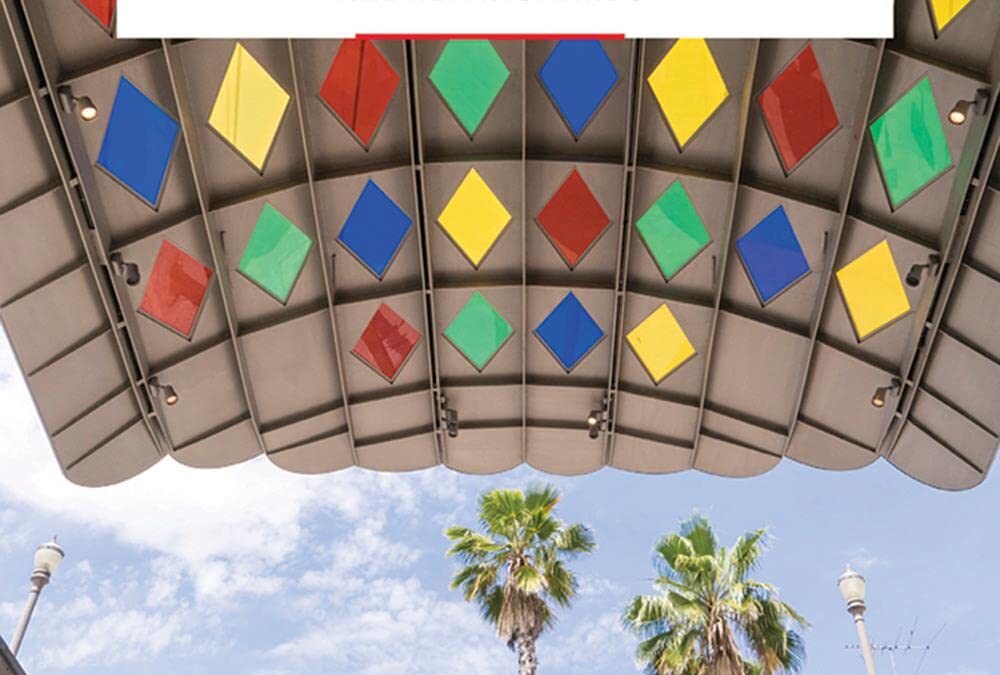
- An insider’s guide to Los Angeles’ hidden gems and lesser-known spots
- A recently updated edition in Luster’s successful and attractive series of city guides
- An inspirational and practical guide to the city’s most interesting places, buildings, restaurants, shops, museums, galleries, neighborhoods, gardens and cafes, into 100 lists of 5 secrets
- Photography by Giovanni Simeone
- Written by a true local, filled with independent advice, based on thorough research and the author’s personal opinions
Los Angeles has so much to offer, and this guide helps you to choose where to start when discovering this beautiful city. Where are the best farmers’ markets? Which street foods are not to be missed? What are the liveliest places to go dancing? What are some unlikely places to spot celebrities? Which art galleries are worth a visit? In The 500 Hidden Secrets of Los Angeles, Andrea Richards shares 500 must-know addresses in one of the coolest cities in the United States. It is an affectionate guide to the City of Angels that avoids the touristy places and points out the urban details you are likely to miss. From the best outdoor concert venues to the most beautiful country escapes, this guide is the perfect companion visitors who want to make the most of their stay and residents who want to get to know their city even better.

SIGNED
Ghosts Towns of the West is the essential guidebook to the glory days of the Old West!
Ghost Towns of the West blazes a trail through the dusty crossroads and mossy cemeteries of the American West, including one-time boomtowns in Arizona, California, Colorado, Idaho, Montana, Nevada, New Mexico, Oregon, Utah, Washington, and Wyoming. The book reveals the little-known stories of long-dead soldiers, American Indians, settlers, farmers, and miners. This essential guidebook to the historic remains of centuries’ past includes maps, town histories, color and historical photographs, and detailed directions to these out-of-the-way outdoor museums of the West. Plan your road trips by chapter–each section covers a geographic area and town entries are arranged by location to make this the most user-friendly book on ghost towns west of the Mississippi.
Ghost towns are within a short drive of major cities out West, and they make excellent day trip excursions. If you happen to be in or near Los Angeles, Phoenix, Las Vegas, or El Paso, for example, you ought to veer towards the nearest ghost town. Western ghost towns can also easily be visited during jaunts to national parks, including Grand Canyon, Yosemite, Crater Lake, Mount Rainier, Glacier, Yellowstone, and many others throughout the West.
Ghost Towns of the West is a comprehensive guide to former boomtowns of the American West, covering ghost towns in eleven states from Washington to New Mexico, and from California to Montana. This book has everything you need to learn about, visit, and explore a modern remnant of how life used to be on the western range.
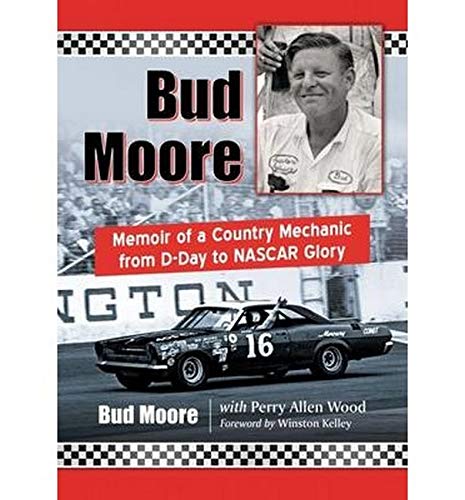
One of NASCAR’s pioneers, Bud Moore won countless races in the sport’s early rough and tumble days. In almost four decades as a car owner, he was victorious at the Daytona 500, the Southern 500–three times–and at dozens of other NASCAR events, and won three Grand National Division championships, a Grand American championship and the Sports Car Club of America Trans Am championship. He was inducted into the NASCAR Hall of Fame in 2011, with 63 wins and 43 poles. The cars built by Bud Moore Engineering have been raced by some of America’s most talented drivers, including Buck Baker, Bobby Allison, Dan Gurney, Parnelli Jones, Tiny Lund, David Pearson, Buddy Baker, Fireball Roberts and many others. Moore continuously sought to improve his machines, making them not only faster but safer, and many of his innovations were quickly adopted throughout NASCAR and by the auto industry. This is Moore’s story in his own words, covering his early life in Depression-era Spartanburg, South Carolina, his combat experience during the Invasion of Normandy, his racing career, and his family life and retirement as a gentleman farmer. Many never before seen photos are included.

A unique look at the development of the Land Rover, this is the story of the simple four-wheel drive vehicle born out of post-war austerity that became a global byword for toughness and rugged style
Launched in 1948, the Land Rover owed its low-key existence to shoestring British ingenuity and—literally—odds and ends left over from World War II. Rover thought it could keep its factory ticking over as the company’s post-war fortunes slowly revived. They also thought that farmers might appreciate it as a handy cross between a pick-up and a tractor. But it was soon obvious that the company had created, in the Land Rover, a world-beating product. Giles Chapman tells the story of how Land Rovers have tamed the planet’s toughest terrain with their unstoppable off-road capability. It also charts how the Land Rover legend allowed the marque to gradually expand its range with the Range Rover, Discovery, Freelander, and the latest Range Rover Evoque. They’re all cars as familiar in cities and suburbs as they are at home in the countryside. Land Rover has been controversial, its fortunes tied to Britain’s economic ups and downs. Today it’s on a roll, leading a renaissance in British design and manufacturing, yet the continued presence of the Defender helps keep the Land Rover Story absolutely genuine.

“Ford Medium-duty trucks are rugged, dependable, economical, and easy to work on.
Ford helped ease the growing pains of American evolution by building hundreds of thousands of tough trucks for medium-duty service. From early conversion kit trucks used mainly by farmers, Ford’s trucks and chassis became common for utility maintenance, construction, school bus transportation, towing, dumping, firefighting, and camping.
This book focuses on Ford’s medium-duty line from the early Canopied Express through modern F Series Super-Duty line. Includes coverage of all the various models and engines, sales figures, styling and technical developments, and much more.”
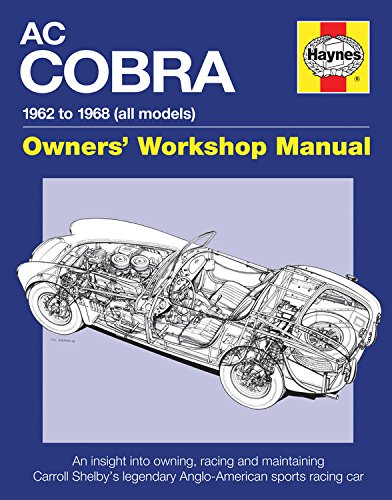
Part-time racer and chicken farmer Carroll Shelby ordered a chassis from AC Cars in England in 1961, and asked them to install a Ford V8 engine in it. The AC Ace was fitted with the same rear diff as that used in the Jaguar E-type, and so when the car arrived in the Shelby workshop, it proved easy to modify thanks to the simple AC layout.













